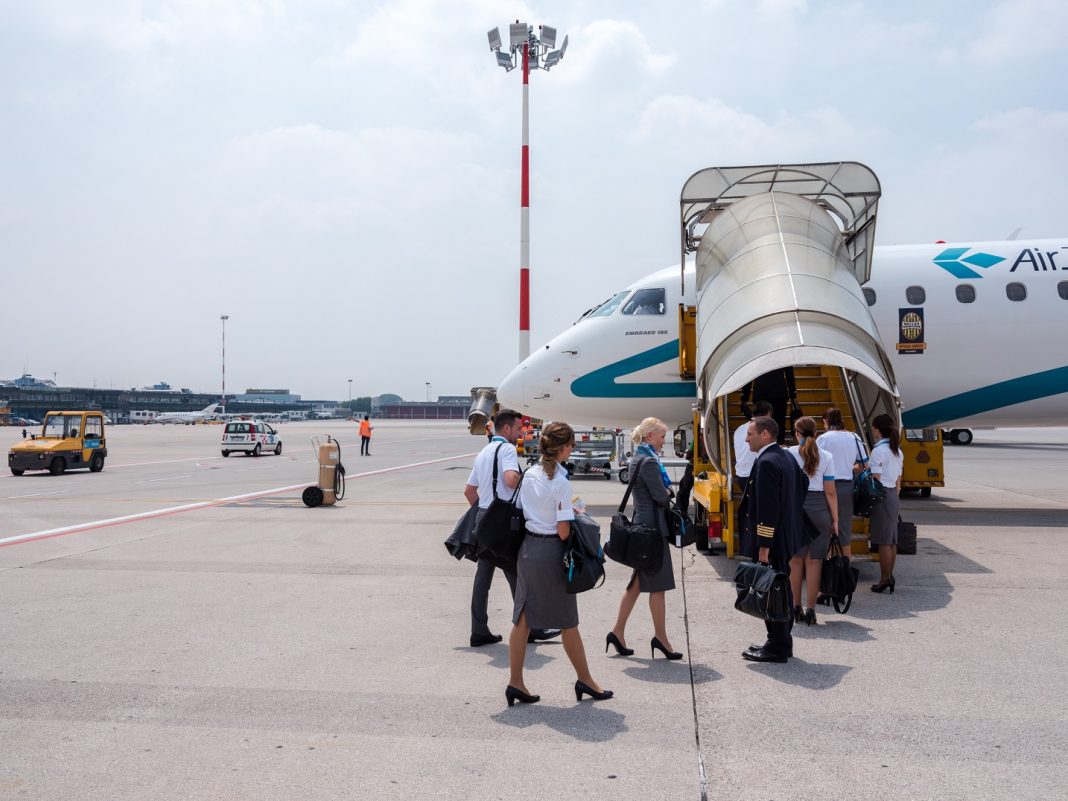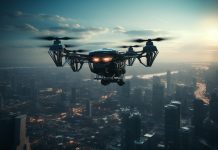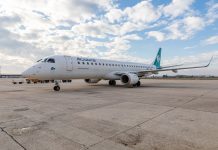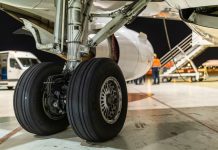If you’ve come across this section of our blog dedicated to flying, we’re sure you love airplanes. You may even be a frequent flyer. If that is the case, sorry for this short piece of obvious information: passengers board planes on the left-hand side. Always.
Some unconfirmed rumours report that pilots of the first military planes boarded from the left-hand side to pay tribute to cavalry (knights mounted from the left because they usually carried a weapon on the right) or to ships, which always moor into port from the left, or even because the percentage of right-handed people is greater than left-handed people. Despite these rumours, however, boarding on the left actually came about for a more plausible technical reason. This convention is fundamental in order to allow airports across the world to manage boarding and disembarkation using one universal procedure, without having to adapt standards to different aircrafts each time.
First things first, let’s start by looking at the technical reason.
The first aeroplanes were equipped with turboprop engines which rotated to the left. It was therefore established that the left-hand side was the side for visual navigation, because the force of the propellers rotating when the plane was on the ground, pulled to that side. The left became the captain’s side as the captain needs optimal visibility during manoeuvres, especially when changing direction. The right-hand side thus started to be used for loading and unloading luggage and cargo, refuelling, connecting the electric generator and, finally, catering.
That’s why it was established that the passenger door and consequently the boarding steps or walkway were positioned on the left of the fuselage. This means that the above operations do not disrupt passenger boarding and disembarkation, and it is also safer due to the presence of luggage, fuel and airport staff. As soon as the aeroplane lands, it heads towards the airport and positions itself so as to facilitate and speed up all of these important procedures. The first operators to approach the aircraft are those responsible for disembarking passengers. Almost at the same time, on the right-hand side, all other activities continue undisturbed in a perfect sequence.
The aeroplane is then ready fly again as quickly as possible!




